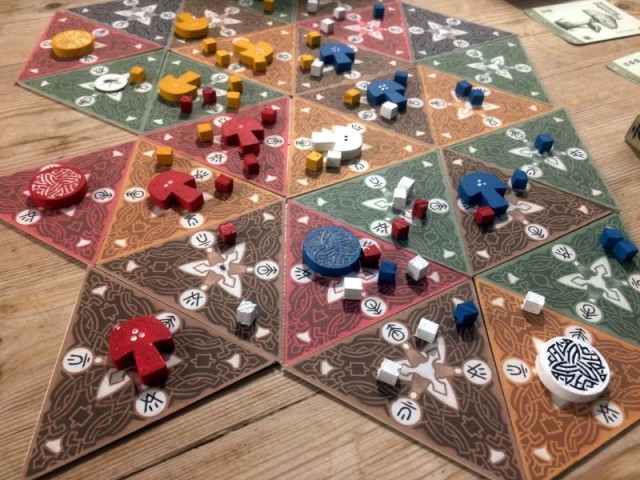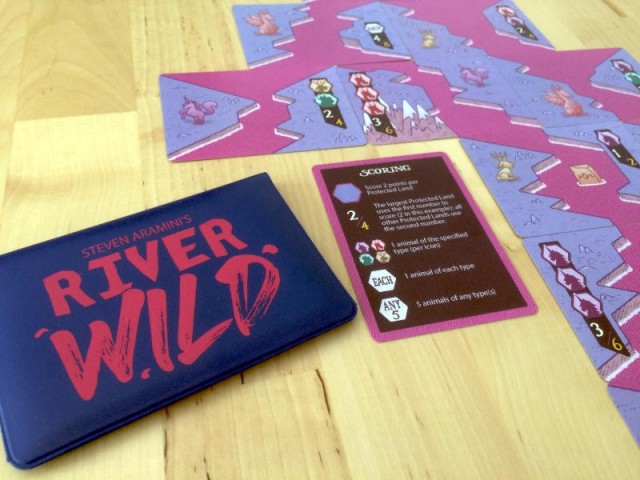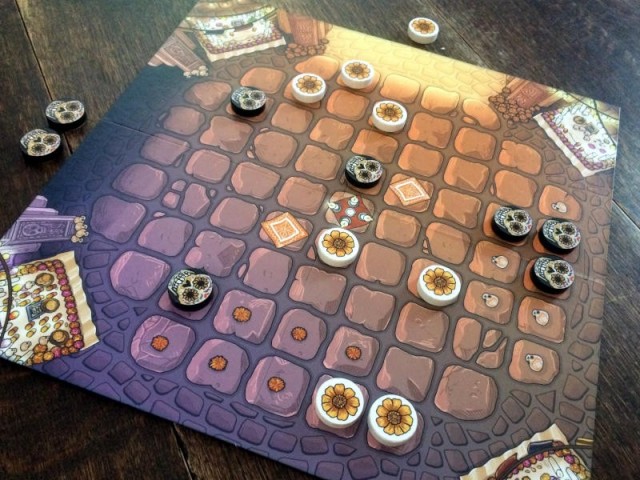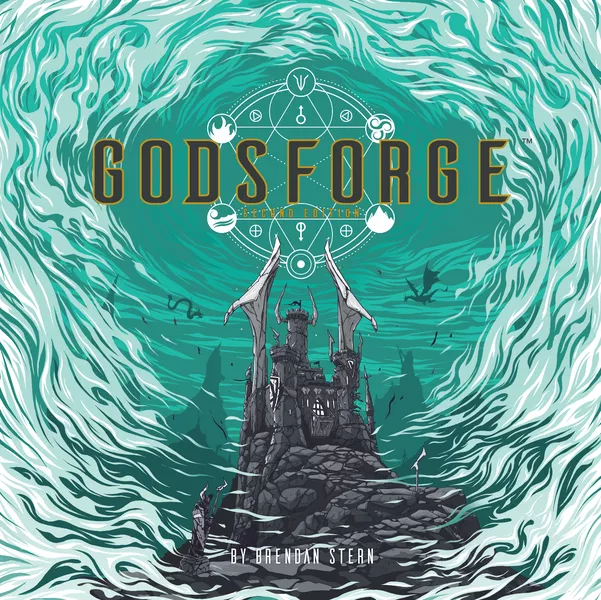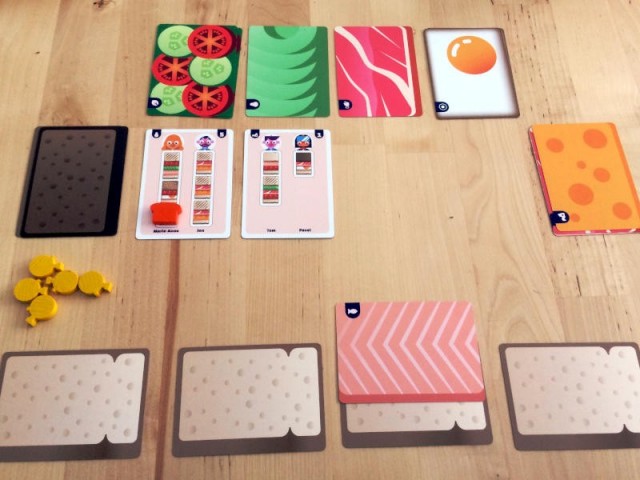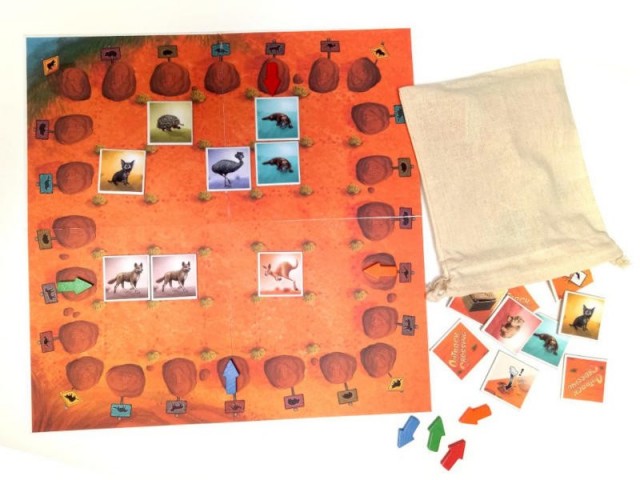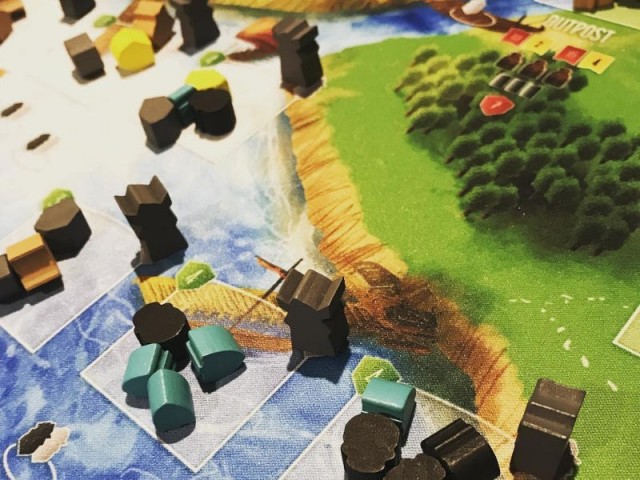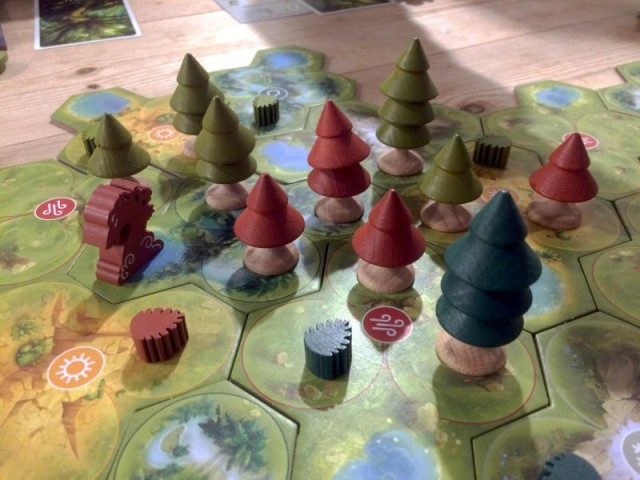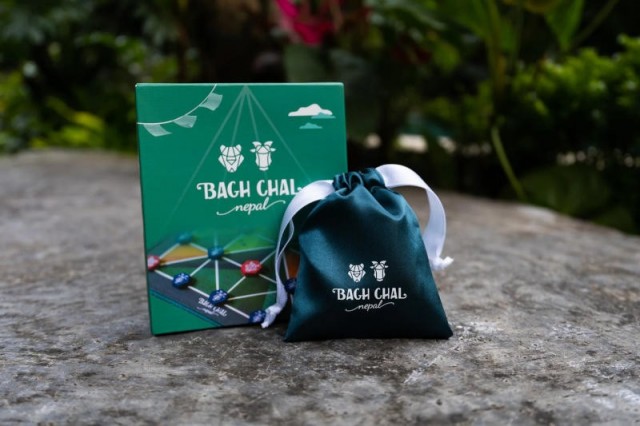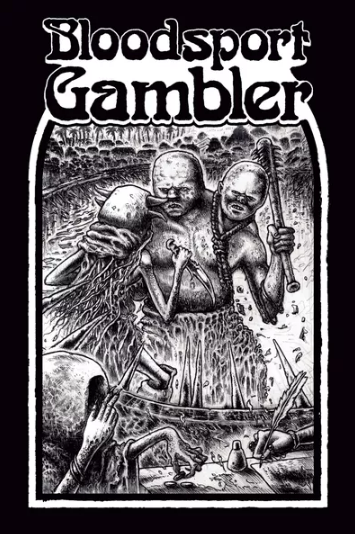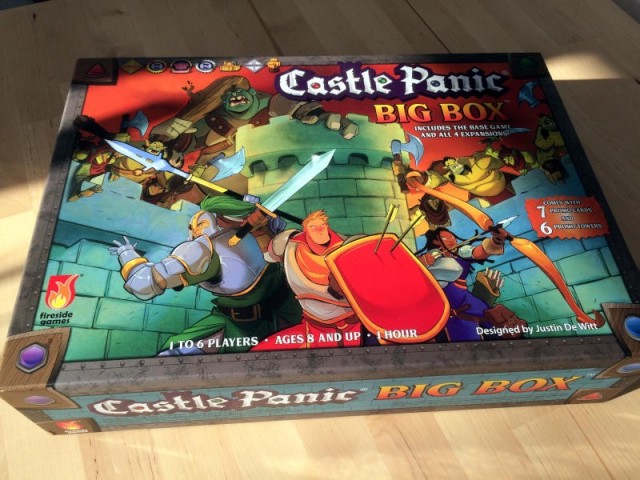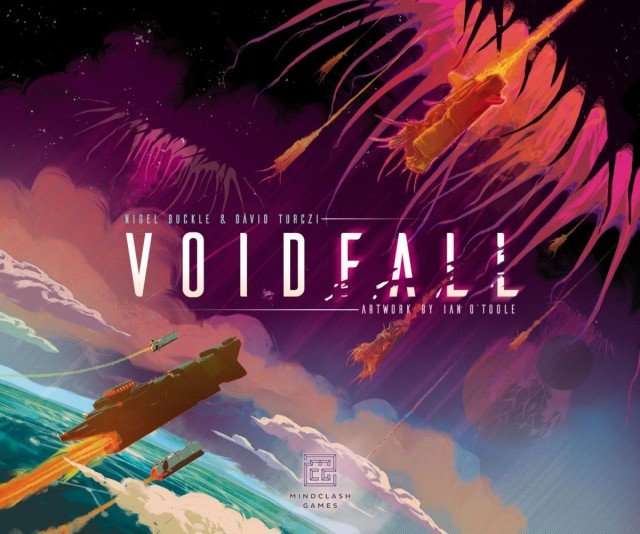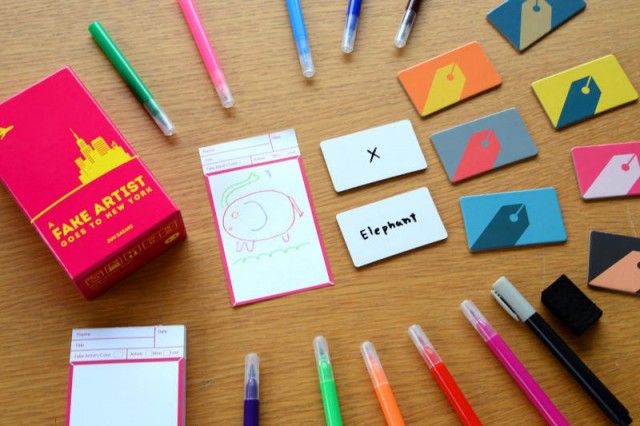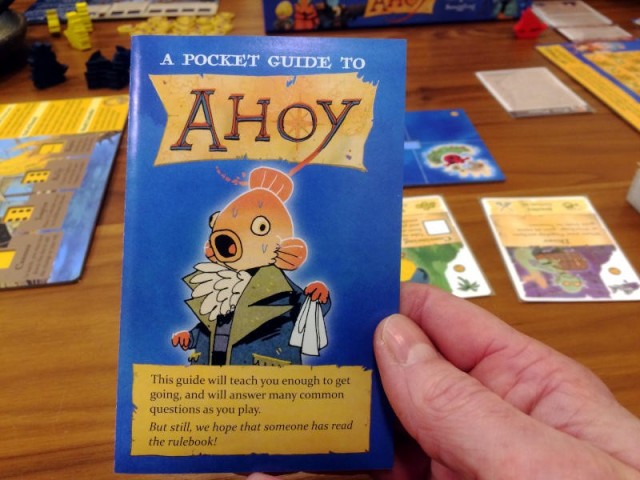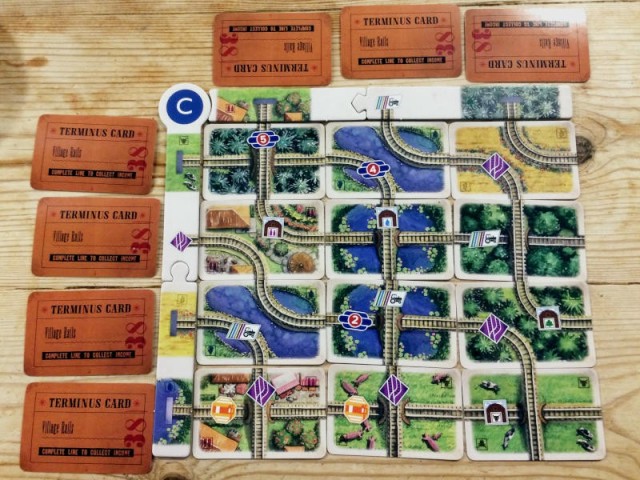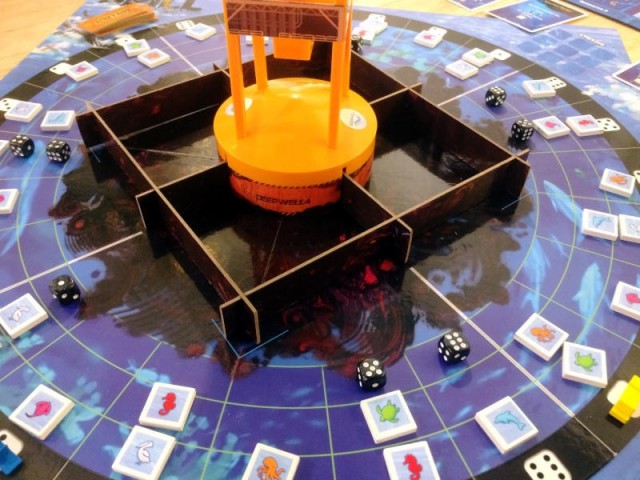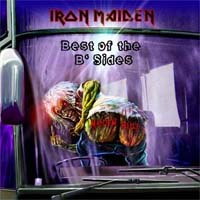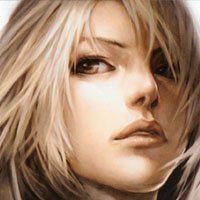Brad Harmer-Barnes revisits the land of HeroQuest and Warhammer Quest with this new card game from FFG.
I’ll be honest, on first impressions I was incredibly sceptical about this one. A dungeon crawl should be minis, monsters, maps, terrain…and yet this is a card game? I wasn’t sure that this was the best medium with which to capture the tone of an eighties-style dungeon crawl.
Then it dawned on me that FFG have a track record for successfully transposing GW board games to card games. Space Hulk: Death Angel, and Blood Bowl: Team Manager are both favourites of mine (hell, they don’t get the play time they deserve…maybe next gaming night…). So, how does this one work.
Do I need to talk components when it comes to Fantasy Flight? We all know what to expect by now; they’ve been using the same cardstock for a decade or more. It’s great. It’s durable. It’s Fantasy Flight.
What was nice was the lack of dials. I hate the scoring dials in LOTR: LCG, Relic, Blood Bowl: Team Manager, Relic, Star Wars: LCG…so please let this be the end of them.
As for the main game, each hero has four actions, and chooses one to resolve each turn. Attack (attack a monster in the dungeon), Aid (hopefully bank some successes for another player to use later), Rest (heal damage) and Explore (gather some treasure, and hopefully progress through the dungeon). This bit kind of felt similar to Space Hulk: Death Angel, and I guess that’s not all that surprising, considering that Warhammer Quest/Advanced Heroquest and Space Hulk are distant cousins.
The resolution of actions is pretty cool. Each character gets assigned a number of white dice depending on their character and the action they’re attempting, and then also gets a number of black die “penalty” dice, depending on how many monsters are currently pinning them down, making their quest that much harder. The dice are resolved, and successes are added up and applied, then the monsters get to attack and may cause damage. If you’ve got two giant wolves eating your face, it’s considerably more difficult to open up that treasure chest or bandage up your mate’s bleeding abdomen.
Once you progress through all the locations of a quest, you get to fight the Big Bad Evil Guy, and then progress onto the next level of the campaign.
As fun as Warhammer Quest: The Adventure Card Game is, and as successful as it is at replicating the feel of a dungeon crawl in a card game form…it doesn’t quite manage to stand-out or do anything different. To compare the two closest comparisons I drew earlier; Blood Bowl: Team Manager is a card game of Blood Bowl, but it doesn’t tackle the game in the same way. Rather than playing a match, you played a whole season. The scope of the game changed to make the game different to Blood Bowl. Space Hulk: Death Angel changed the scope of play so it wasn’t a tense-one-on-one survival-horror, it was a co-op blast fest.
By contrast, Warhammer Quest: The Adventure Card Game hasn’t actually changed all that much. It is a dungeon crawl, but through a different medium. It’s possible to own and enjoy both Blood Bowl and Blood Bowl: Team Manager for different reasons. If you already own Warhammer Quest, then I can’t see that you’d ever play this instead of the full game. Hell, if you own Descent or Castle Ravenloft I don’t know you’d ever play this instead.
It’s a shame, as Warhammer Quest: The Adventure Card Game is a lot of fun, in and of itself. However, between the boardgame/RPG dungeon crawls you already own, and The Lord of the Rings: LCG, I don’t know that this would actually get a lot of table time. Pick it up if you like the sound of a fun, light, dungeon crawl (and it is a lot of fun for the price), but think twice if you already have a dungeon crawl boardgame you play.
 Games
Games How to resolve AdBlock issue?
How to resolve AdBlock issue? 